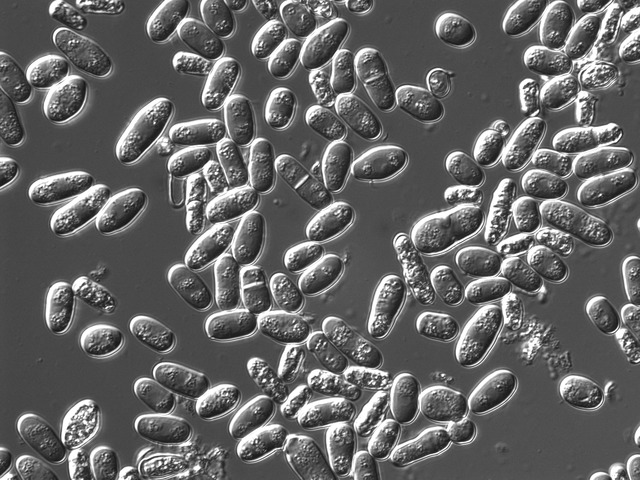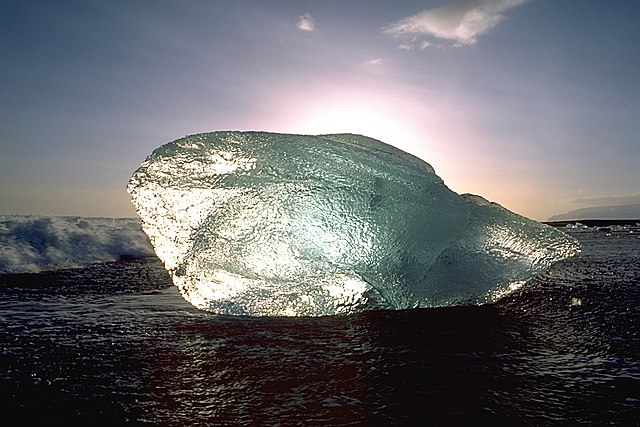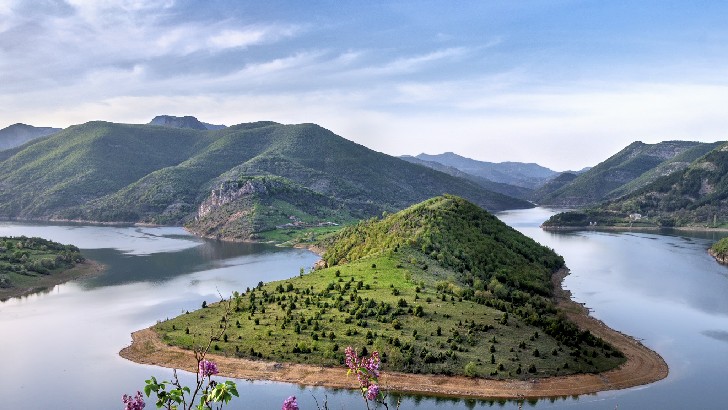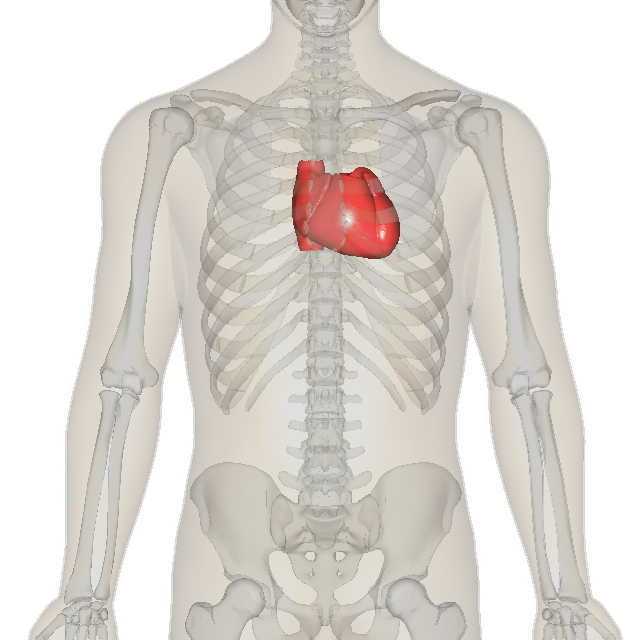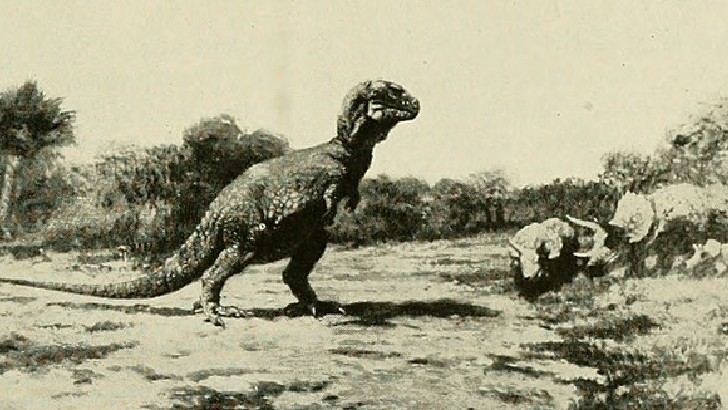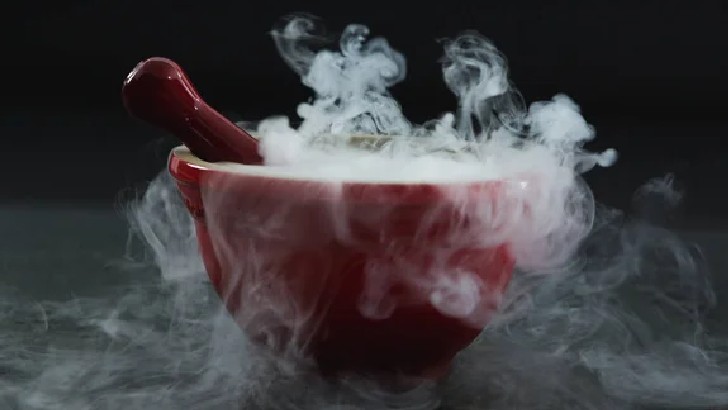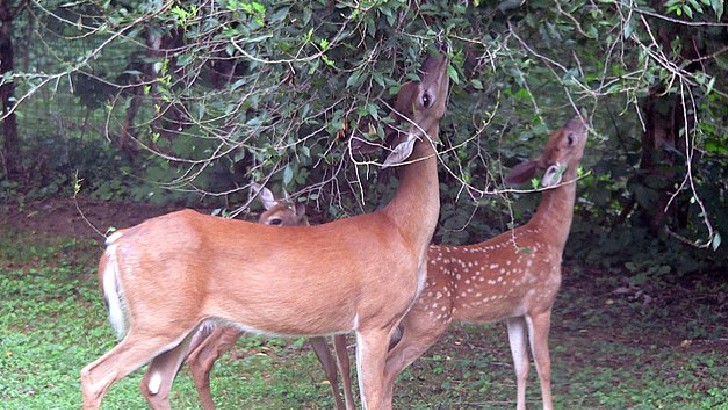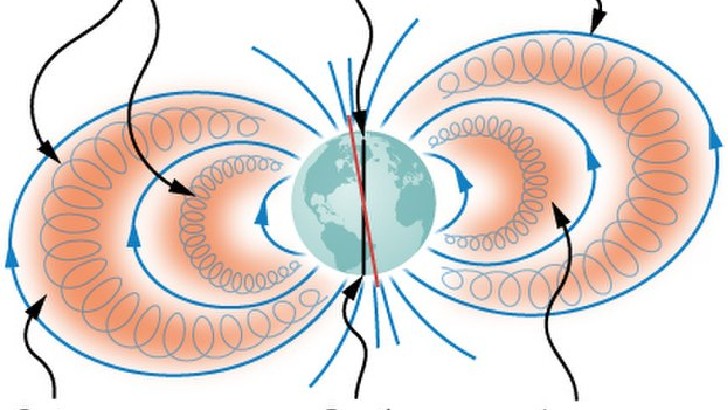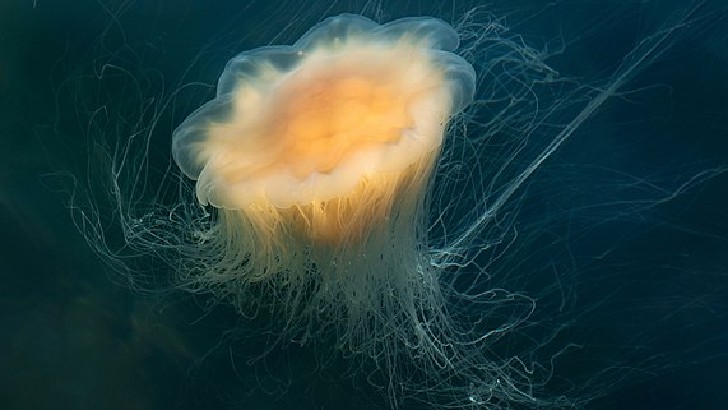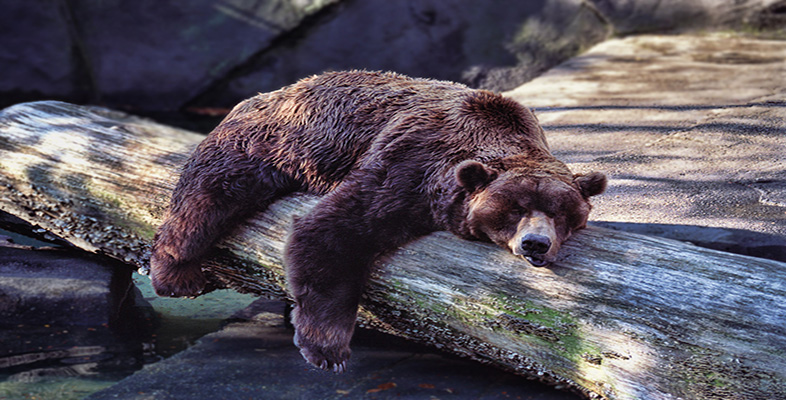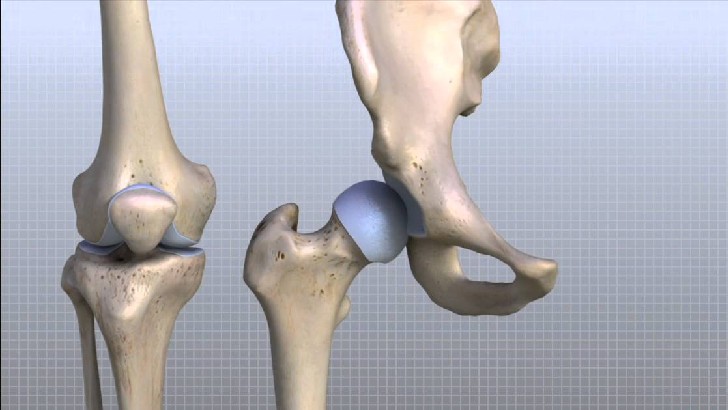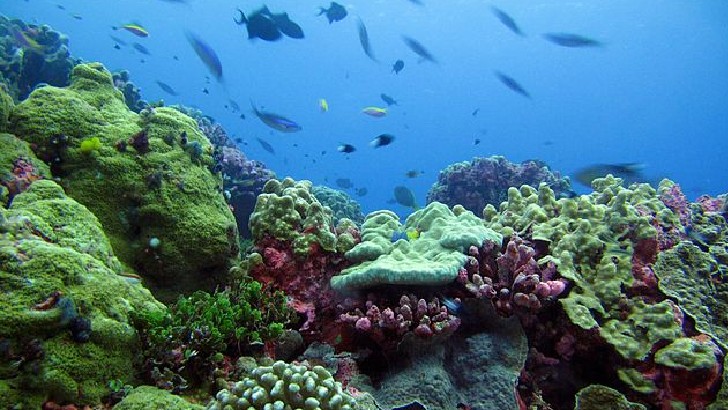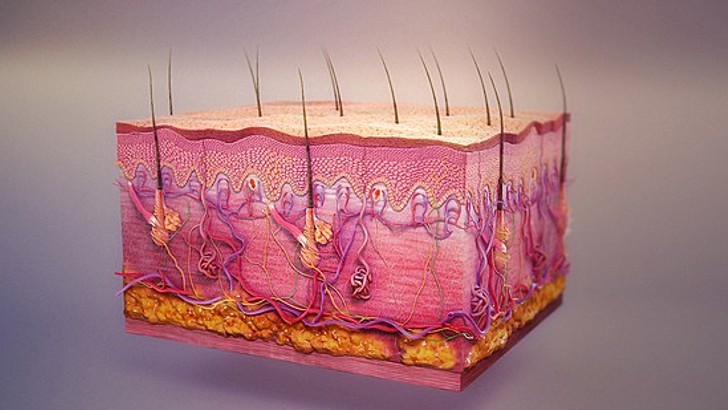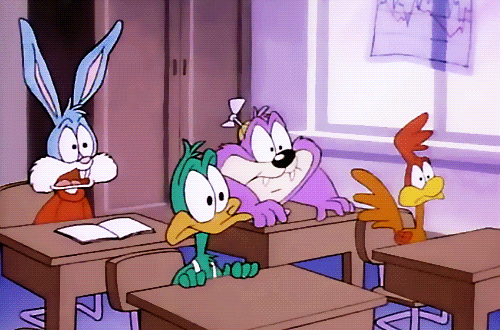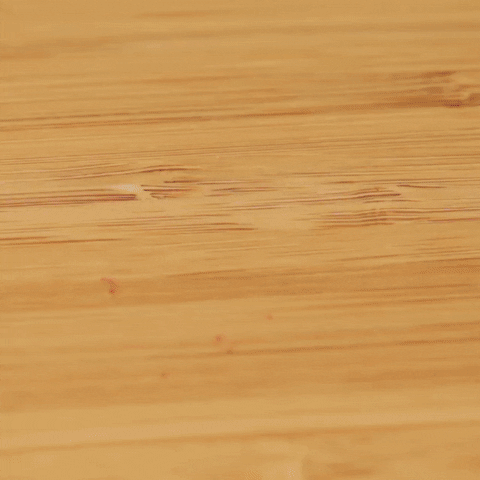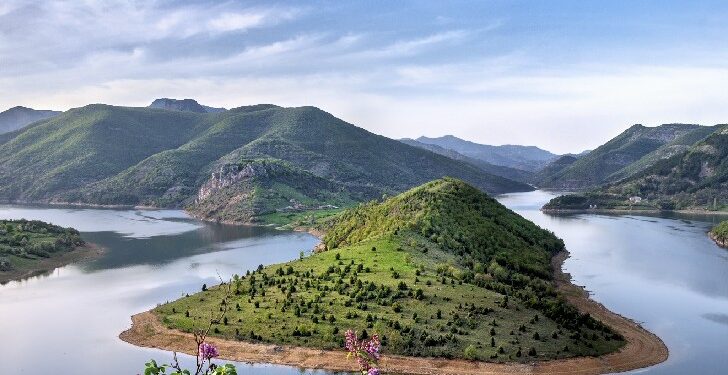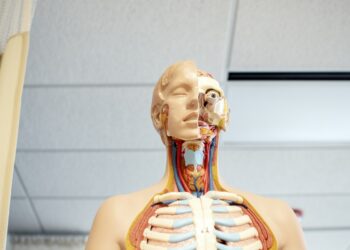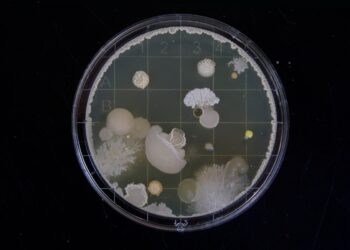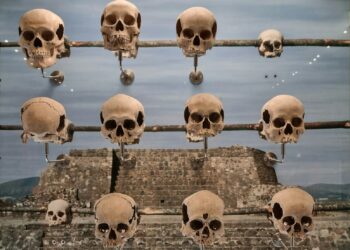Do you believe you might succeed in general science? Use this quiz to find out! ... This primary school science test is not passable by 98% of adults! Can you?
What exactly is a periodic table?
A list of undiscovered elements
A group of elements according to their atomic numbers
A table that is not often used
A group of elements according to their atomic numbers
The known elements are arranged on the Periodic Table from left to right and from top to bottom in ascending order of atomic number. Order often increases with atomic mass.
______ are structures that are too tiny to be easily visible to the naked eye.
Microscopic
A lens or set of lenses makes up a microscope, an optical device used to magnify small objects.
Where does the water go when it turns into ice? What state of matter is it in?
Solid
Ice is simply water that has been frozen. Water molecules expand when they freeze, making ice lighter than the same amount of water.
Anything that has ___ and occupies space is considered matter.
Mass
In physics, mass is a way to quantify inertia, which is a basic characteristic of all matter. It essentially refers to a body of matter’s resistance to changing its speed or location in response to the application of a force. The change caused by an applied force is smaller the more mass a body has.
Describe lightning.
Electricity
Lightning is an electrical discharge that occurs when there is an imbalance between the storm clouds and the earth or even within the clouds.
What causes changes in heart rate?
A result of pain or disease
All of the above
An arrhythmia is when the heart beats excessively quickly, too slowly, or with a skipping rhythm. Extra heartbeats are frequent in children, and many heart rate or rhythm alterations are modest and may not require medical care if there are no other symptoms or a family history of heart problems.
Describe extinction.
When a species has no living members
When a species has no living members
The process through which a group of species goes extinct is called extinction. A species will eventually go extinct if its birth rate is lower than its mortality rate for a lengthy period of time.
What happens when a liquid turns into a gas?
Vaporization
The process of turning a liquid into a gas is called vaporization.
What do you call a creature that only eats plants?
Herbivore
An animal that has evolved to only consume plant material is called a herbivore.
Which animals produce eggs?
All of the above
Fish, birds, reptiles, amphibians, and even mammals are among the many categories of animals that have both egg-laying and live-birthing species.
What are the areas where a magnet exerts the most magnetic force?
Magnetic poles
The region where the magnet’s magnetic field is strongest is called the magnetic pole, which is located at either end of the magnet. Orienting itself in a North-South direction is a bar magnet suspended in the Earth’s magnetic field.
What are creatures without backbones called?
Invertebrates
All animals without a vertebral column, or backbone, are classified as invertebrates. Invertebrate species account for more than 90% of all extant animal species.
Which type of basic machine is represented by a Ferris wheel?
Wheel and axle
The first Ferris wheel was constructed in 1893 using more than 100,000 pieces, including a 140-foot-tall axle weighing 89,320 pounds that had to be carried onto two towers. More than 1.4 million individuals paid 50 cents for a 20-minute ride over the course of the following 19 weeks.
_____ occurs when an animal is inactive during the colder months.
Hibernation
Some animals use hibernation as a means of surviving the bitter winter. When winter finally ends, they curl up in a secure location and remain there. Animals in hibernation appear virtually lifeless. Their body temperature is almost below freezing, and they hardly breathe at all. When the weather gets warmer, they resume their normal activities.
Provides calcium to the bones.
Circulates your body’s blood and oxygen
Circulates your body’s blood and oxygen
Your cardiovascular system made comprised of your heart and blood arteries, distributes blood and oxygen throughout your body.
Two bones join together at the ____.
Joint
A joint, such as the knee, hip, elbow, or shoulder, is where two or more bones meet. There are several kinds, including ball-and-socket, planar, hinge, and saddle.
The scientific term for where an organism lives.
Habitat
Habitat is the location or setting where an animal or plant naturally or ordinarily dwells and develops.
Describe solar energy.
Energy from the sun
Solar energy is the sun’s radiation that may create heat, trigger chemical processes, or generate electricity.
What is migration?
Change from one form to another
Movement from one place to another
Movement from one place to another
For instance, an animal migration occurs when an animal physically moves from one place to another, like the monarch butterfly and many other bird species do each year.
The biggest organ in the body is part of what system?
Integumentary
The skin, hair, nails, and exocrine glands make up the organ system known as the integumentary system. The human body’s biggest organ is the skin! With an average of 300 million skin cells, it makes up around 15% of your total weight.
Try again. Review Your Elementary Knowledge.
Well Done. Your Memory Did Not Upset You.
Amazing. You Have an Exceptional Memory!
[giveaway id=12098]

